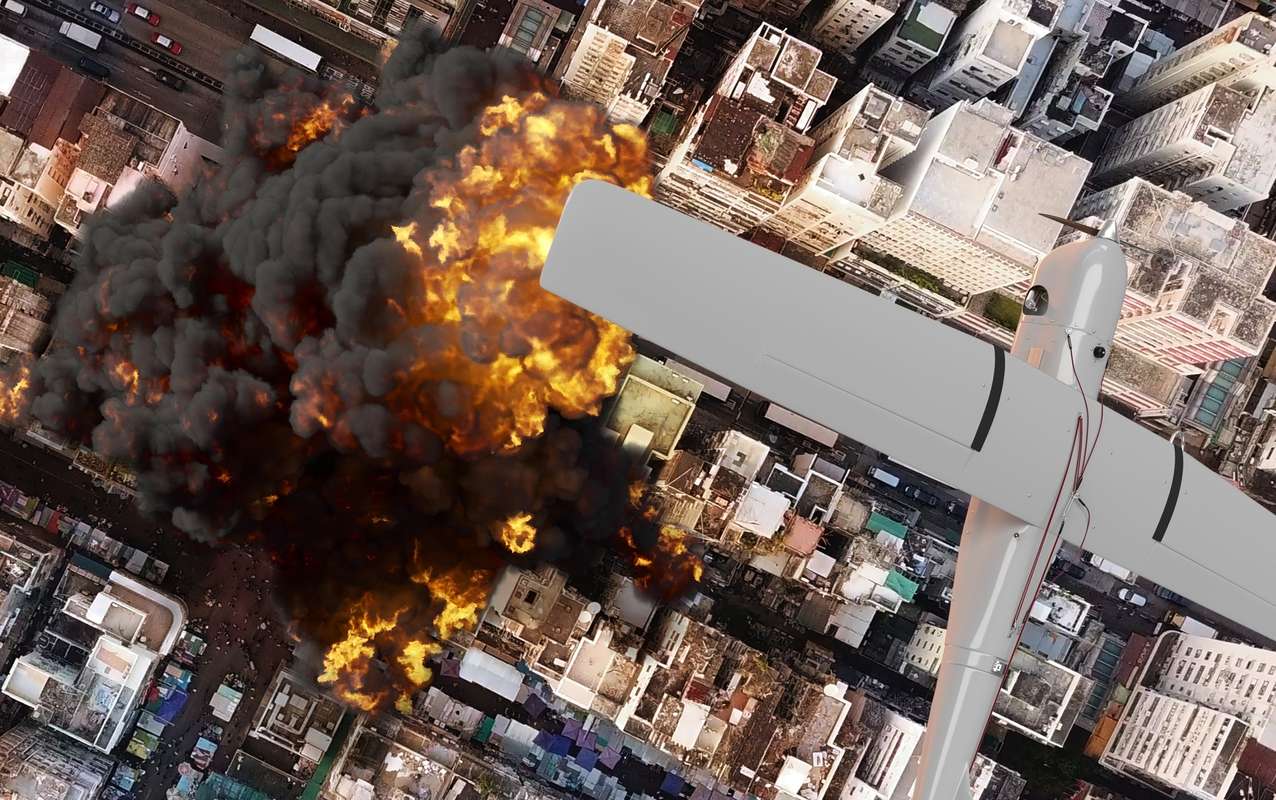
Defending Correctional Facilities
Before 2014, there were virtually no instances of rogue drones breaching prison security and delivering contraband. Since 2014 there have been hundreds of incidents.
Case in point—recently, two New Jersey men used drones to smuggle marijuana, steroids, cell phones, SIM cards, and syringes into FCI Fort Dix, a low security prison in Burlington County, NJ. In fact, authorities say they have evidence of at least seven drone deliveries at Fort Dix since July 2018.
Correctional facility security systems are cutting-edge, with high-end, multilayered solutions in place, solutions that are advancing on a regular basis, from the addition of smart surveillance cameras to facial recognition and biometrics. Thermal imaging, motion and acoustic sensors and other advances in technology help keep inmates in and criminals at bay.
The problem is that corrections security is designed for ground-based intrusions, none of the physical security solutions in place address the problem of hobby and commercial drones used for criminal activities in and around prisons.
Commercial drone sales have skyrocketed in recent years, filling the air with millions of new aircraft. With simple modifications, these drones can be turned into the biggest threat that correctional facilities have seen in decades. Small and fast, drones are nearly impossible to detect by visual or camera surveillance. They can easily fly into a secured facility and drop a payload of drugs, phones, weapons and other dangerous items with precision.
Drones are used increasingly to smuggle contraband into prisons, causing disruption and risking lives. Fortunately, the technology exists to counter the threat with robust detection, tracking, threat assessment and mitigation solutions at an affordable price.
Security Elevated for Correctional Facilities
If an incident does happen and lives are lost, who will be liable? The technology to defend our airspace exists, and the only roadblocks are antiquated laws and the lack of vision. While waiting for lawmakers to catch up today’s realities, smart security officials are leveraging common law, private property trespassing laws and emerging C-UAS technology to provide their facilities with a viable C-UAS solution.

The prison industry can reduce the risks posed by drones by installing available drone defense technology. For instance, Fortem SkyDome monitors a facility’s airspace and alerts security professionals of intrusions. SkyDome uses artificial intelligence (AI) and advanced radar to create a network mesh of coverage that protects the airspace around and above a designated location.
Are you looking for a solution to elevate your correctional security above and beyond the fence line?
Fortem Technologies has the industry-leading, deeply-integrated C-UAS solution, which is deployed at world class venues, military bases, airports and infrastructures around the world.









Related posts